iRobot Roomba 205 DustCompactor Combo review

Is the iRobot Roomba 205 DustCompactor Combo robot vacuum cleaner really the answer to dockless cleaning?
iRobot has recently launched a new range of robot vacuums, updated its app and improved the navigation in its range. We trialled one of its entry-level robots, the Roomba 205 DustCompactor Combo ($799) which includes an innovative dust compaction bin, to see if this new range is worth upgrading to.
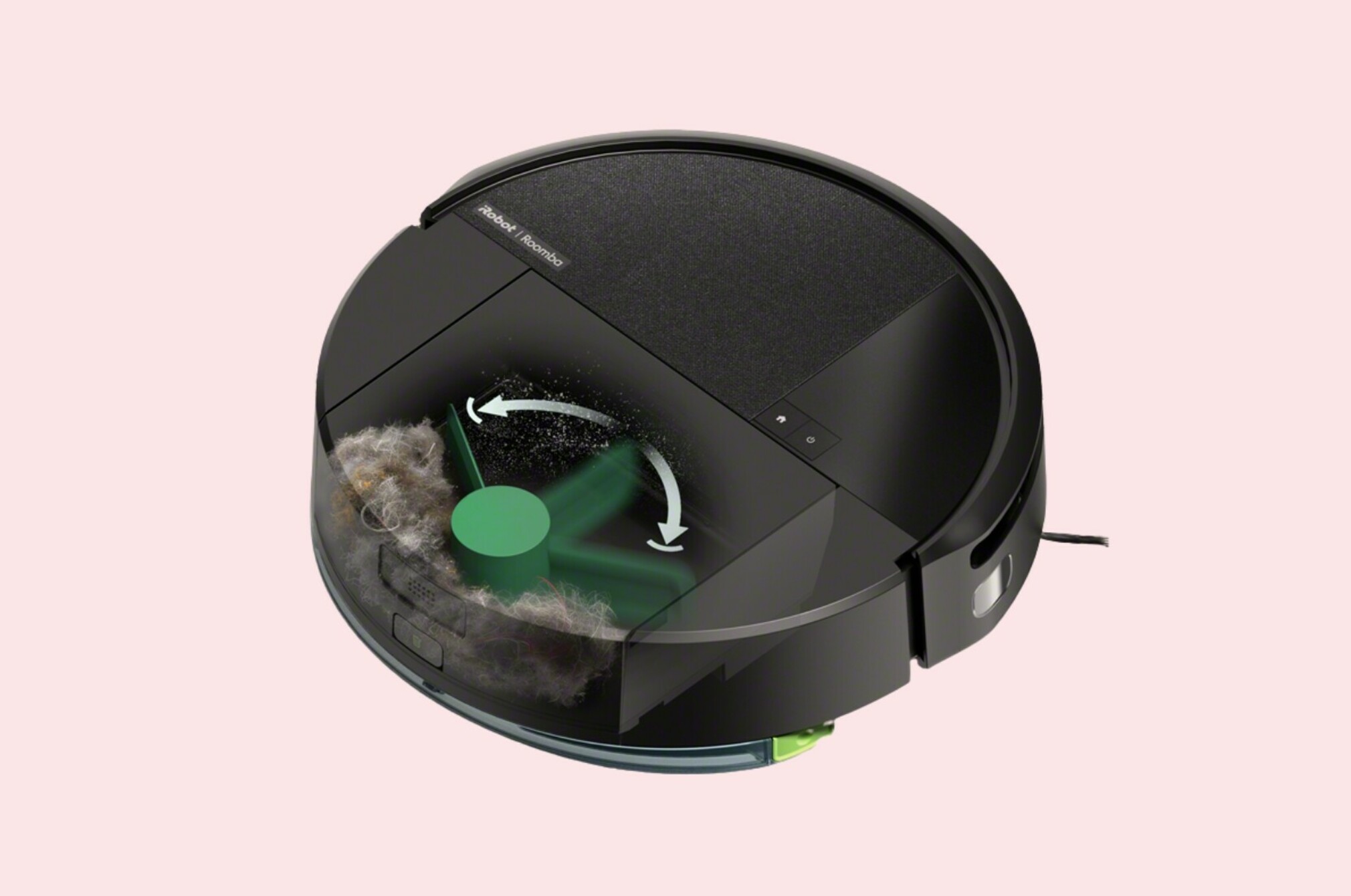
Dust compactor works well and will collect many weeks’ worth of dust before needing to be emptied
Neat robot design that doesn’t show dust and dirt
Mopping attachment with smart scrubbing option
Quick and logical mapping.
App feels unfinished and unintuitive, and it’s laggy
Won’t cross or clean carpets when the mop head is attached
No way of checking how full the bin is without opening it, which can be messy
Battery life isn’t great
Lightweight charging dock can easily get knocked out of position
Has to calibrate location every time it leaves the dock.

Looking for a robot vacuum?
Find out how 32 models rated when we tested them.
Features of the Roomba robot vacuum
The Roomba 205 isn’t iRobot’s cheapest bot (the 105 takes that claim), but it can still be considered an entry-level model in iRobot’s vacuum range. It’s a LiDAR (light detection and ranging) mapping robot, using the all-new ‘Roomba home’ app for navigation.
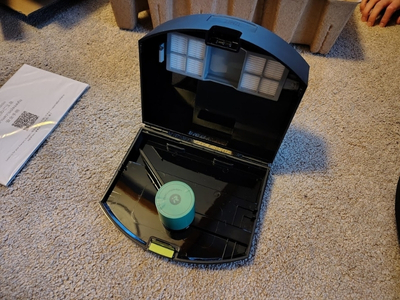
It will mop as well as vacuum if you attach the mop pad.
The main innovation in this robot, though, is the ‘dust compactor’ bin. iRobot claims this bin can store up to 60 days’ worth of dust and debris before it needs emptying. As a result, the 205 doesn’t need a bulky auto-empty dock like a lot of other robots have and just comes with a simple compact charging dock.
Otherwise, this is a pretty standard-featured vac, with a rubber roller brush, single side ‘swisher’ brush and a claimed suction power of 7000Pa (whoopee-do!).
Design of the Roomba vacuum
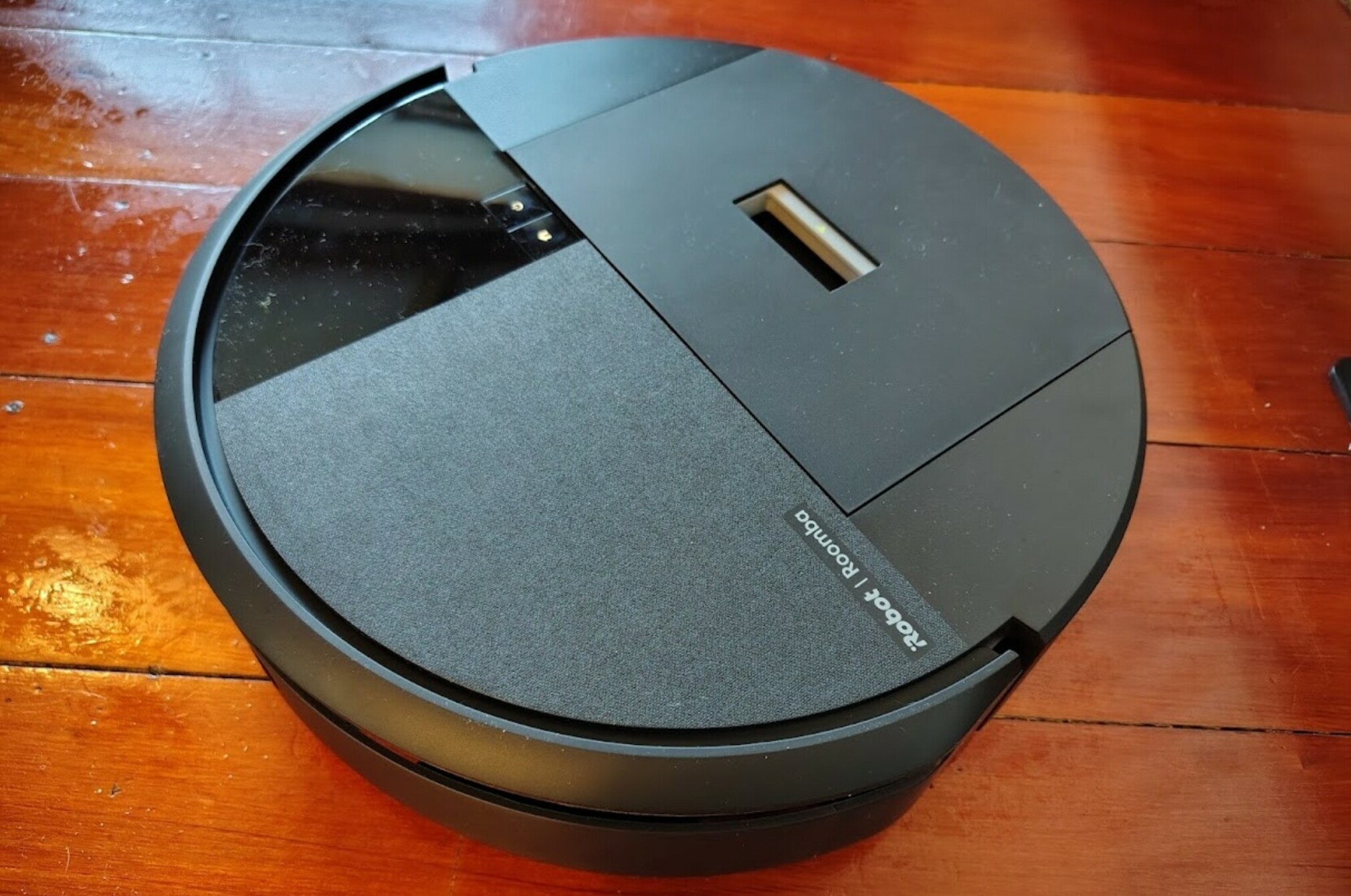
OK, it’s another black disc, but iRobot has split the top surface with lines and textures, differentiating it from other robots. I like the design, and it also makes any dust and dirt on the top stand out less. It is quite a tall robot, though, which means getting under some low furniture can be problematic.
The dock is small and unobtrusive; its only function being charging. But it’s quite lightweight and so can easily be knocked out of the way, causing docking issues. It also needs to be placed against a wall with a space either side, so it might not work in everyone’s home.
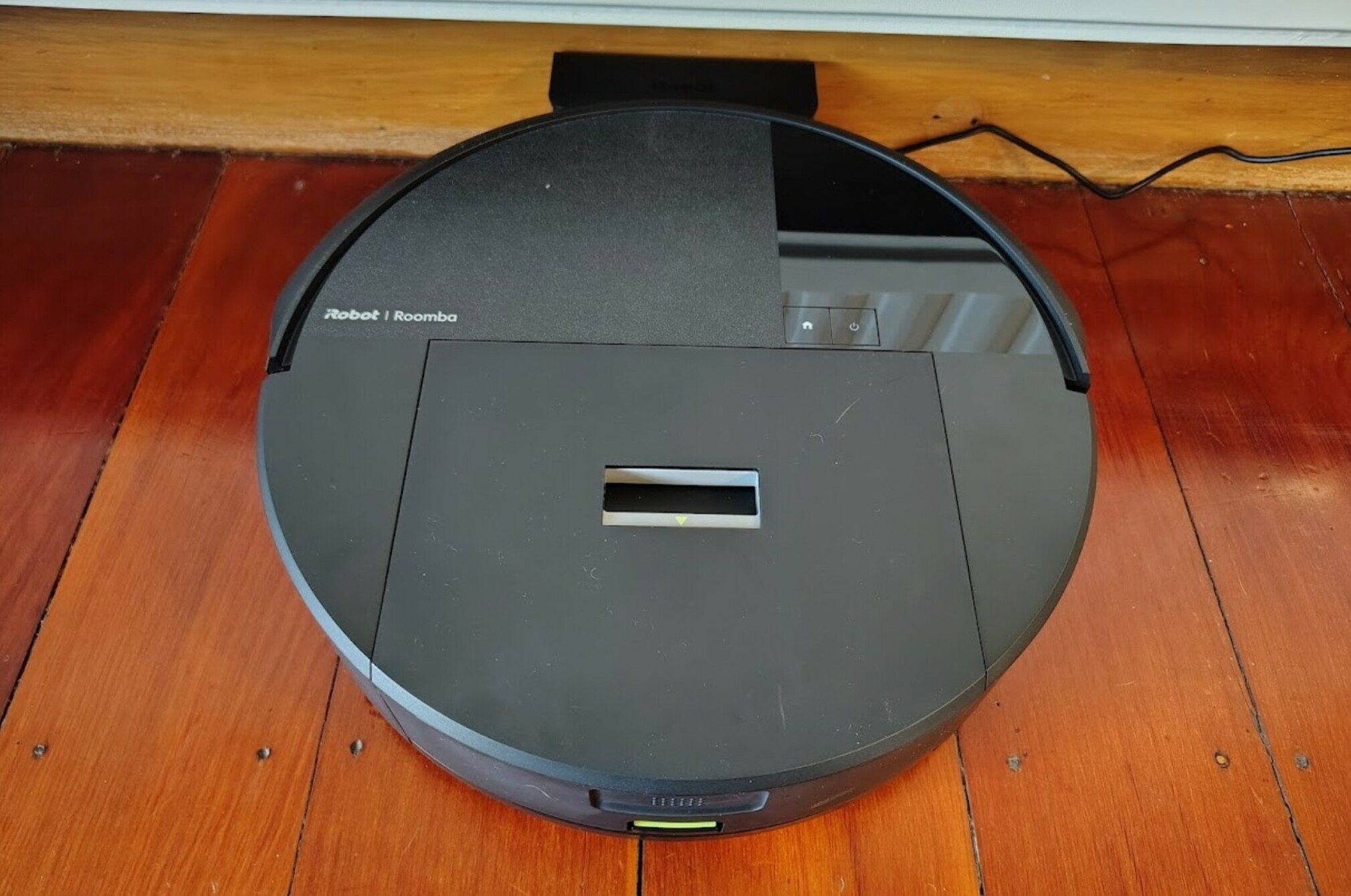
Setting up the robot vac
There is a very basic set-up guide on the inside of the box, but you’ll barely need to look at it. The app has easy steps to follow, with clipping on the swisher brush being the only assembly needed. However, you do need to create a painfully long 12-character password in the app, so iRobot must be taking security seriously! I had a minor connection issue that meant I had to re-pair the bot to the app, but that’s not a particularly difficult thing to do.
Mapping and the app
Once you’ve connected to the app and named your robot (I named ours Crushbot as it crushes dirt in its compactor bin), it’s time to map your home. Previously, iRobot used a camera-based mapping system, which I was never a fan of – there seemed little logic to the routes these early models would take, and I was dubious about coverage and wasted battery usage. However, this new range of Roombas uses LiDAR mapping and navigation, which is the industry standard for robot vacuums nowadays. So, the 205’s mapping is vastly improved over previous incarnations, and the initial map of our home was fast and logical. Yay!
iRobot has also launched a brand-new app for its new suite of bots called ‘Roomba home’. Unfortunately, it feels a little rushed and unrefined, especially if you compare it with some competitors’ offerings. The app also just looks a little bland and basic.
It has most of the functions you need, but it can be tricky to find some of them, and the app is also quite laggy. For example, cleaning a specific area involves going into the map editing tools, creating a ‘clean zone’, then selecting that zone on the My Home cleaning page. However, finding the editing screen isn’t easy as the button is hidden under the menu bar at the bottom of the screen – you have to swipe up to find it. It’s a bizarre user interface choice. Most other manufacturers allow you to draw these clean zones on the fly from their home screens.
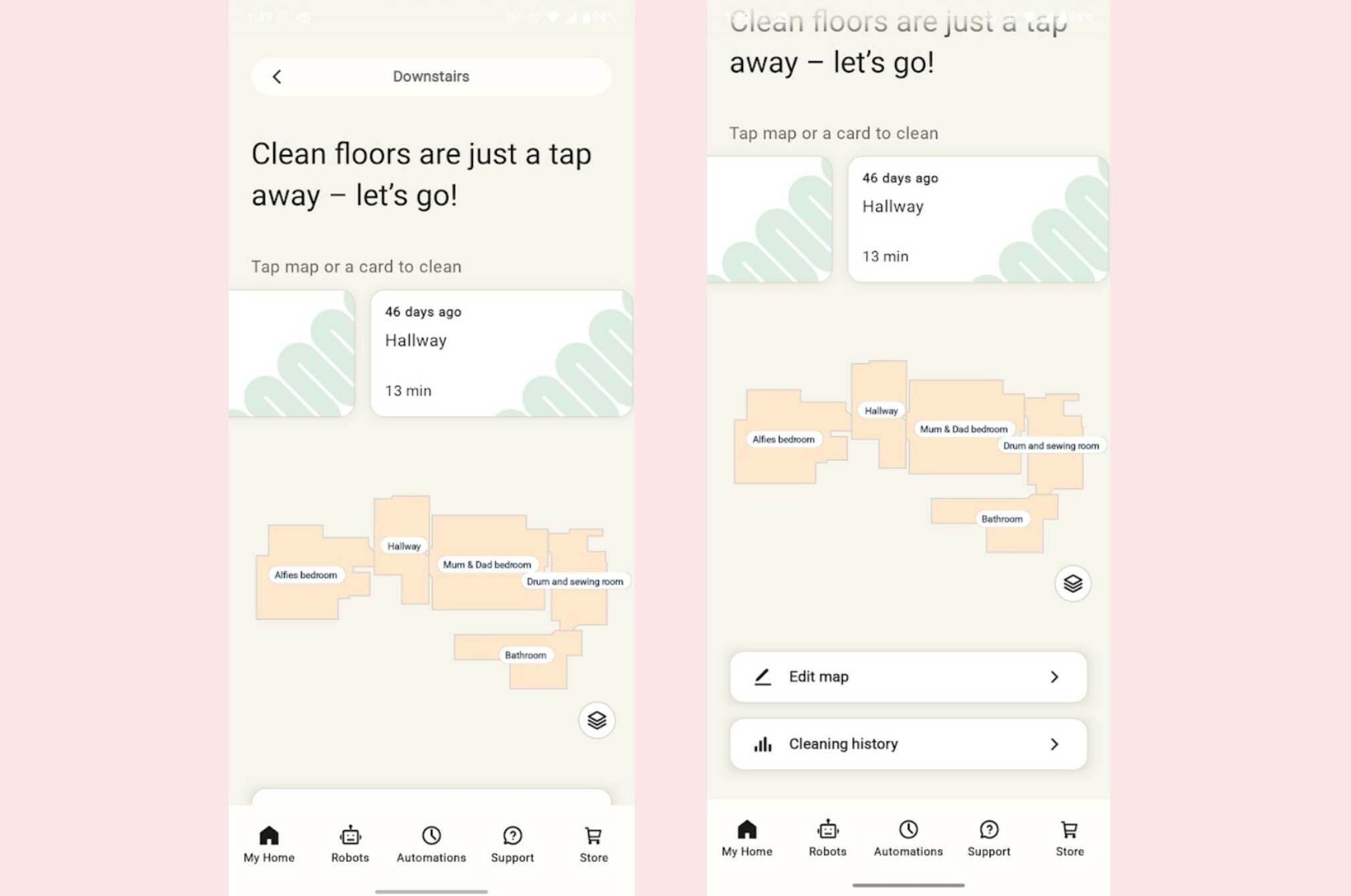
When selecting a room to clean, you have options to ‘vac only’, ‘mop only’ or ‘vac & mop’. There is also a drop-down menu to choose light, normal or deep cleaning. These modes adjust the amount of suction, liquid for mopping and number of cleaning passes (2 maximum). You can manually change these settings for a customised clean and add in ‘SmartScrub’ for mopping, which will simulate mopping back and forth to remove more dirt (and use heaps more battery too!). These settings can all be different for each room.
There’s also a mention of furniture cleaning (presumably to clean around areas of higher dirt like dining tables), but for the life of me I couldn’t find out how to add furniture to the map, nor did the app’s help menu or a Google search tell me. Maybe this entry level model just doesn’t have the capability?
Cleaning with the Roomba vacuum
If you have rooms that are completely carpeted or rooms that are only hard floors, then the 205 is easy enough to set and forget. However, if you have mixed flooring – for example, a hard wooden floor with a rug in the centre, then you have to change your approach. A lot of hybrid mopping vacs on the market have mop units that will lift up to avoid wetting your carpet or rugs, but the 205’s mop unit is fixed. Instead, the bot is programmed to avoid carpets when the mop head is attached. In the worst case, this means it’ll avoid cleaning most of your room if there is a rug in the way. So, you need to treat mopping and vacuuming for mixed flooring as two separate tasks – send the bot out to vacuum first, allow it to return to the dock, attach the mop pad and send it out to mop. This extra faffing negates the convenience of using a robot vac.
Once the 205 is out cleaning, it does a reasonable job. The mapping is accurate, so coverage is good, and a cursory glance into the bin shows that it does a decent job of sucking up dust and debris (we’ll have test results from the lab soon for it’s true performance though).
The mopping is pretty basic. There is no vibration of the mop head to shift dirt; it just relies on dragging the wet mop head over the floor. And it will leave your floors quite wet. Using the ‘SmartScrub’ option makes the unit mop back and forth. This is more effective but does take a lot longer and chews up the battery. In fact, battery life in general is pretty poor with the 205. This isn’t a bot for larger homes.
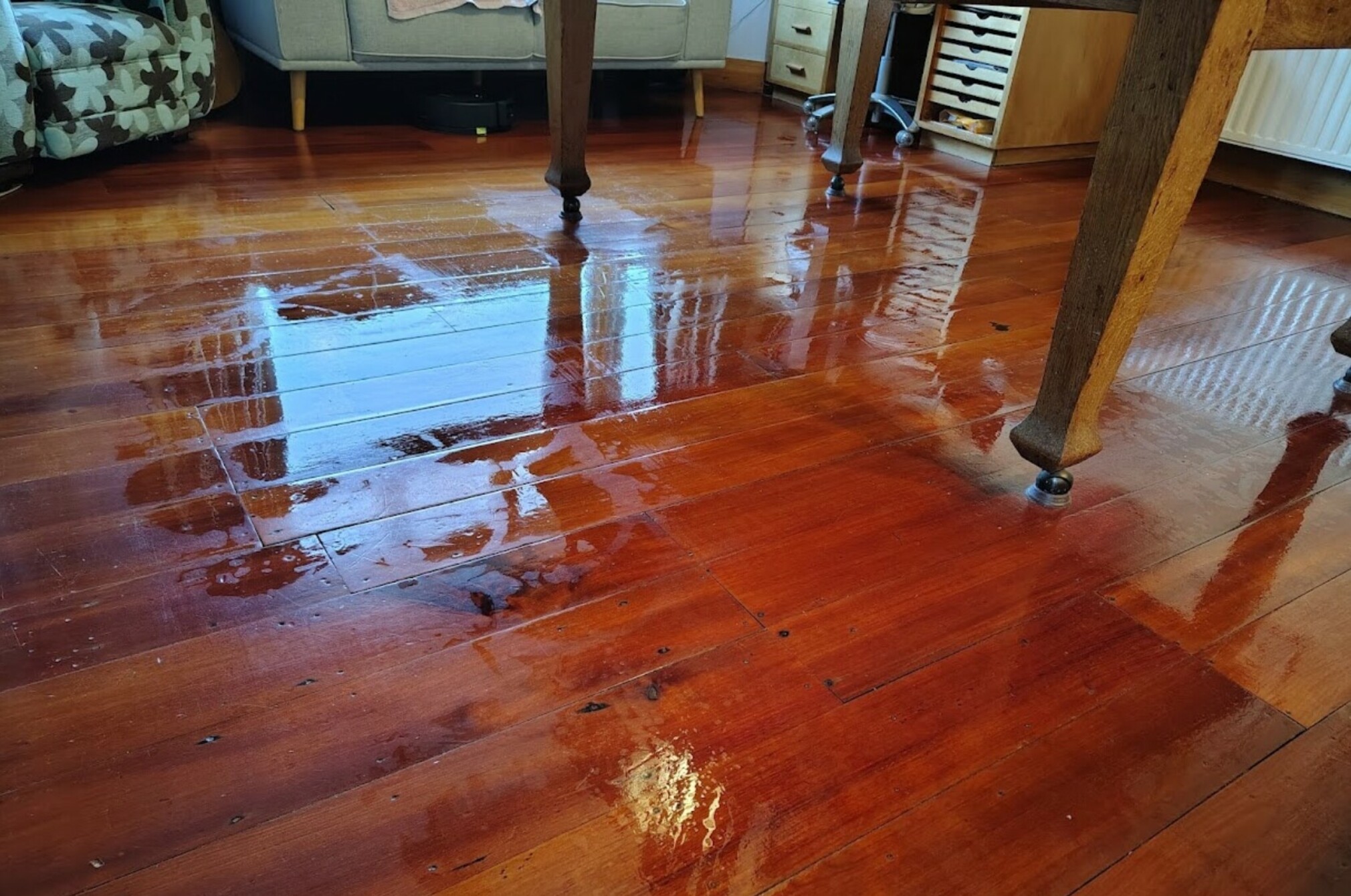
How effective is the dust compactor bin?
I’m in two minds about this. On the one hand, it’s been great not having to empty the bin. We’ve been running the 205 for over a month, probably about 20+ cleans, and we haven’t emptied the bin yet.
On the other hand, there doesn’t seem to be any way of telling how full the bin is without wrestling it open. That isn’t easy to do and invariably involves dumping a load of dust on the floor that you end up manually vacuuming! Some kind of capacity sensor would be useful or even a clear window to let you see how full the bin is. I guess you are just supposed to wait until you get a ‘bin full’ warning (which we’ve yet to experience).
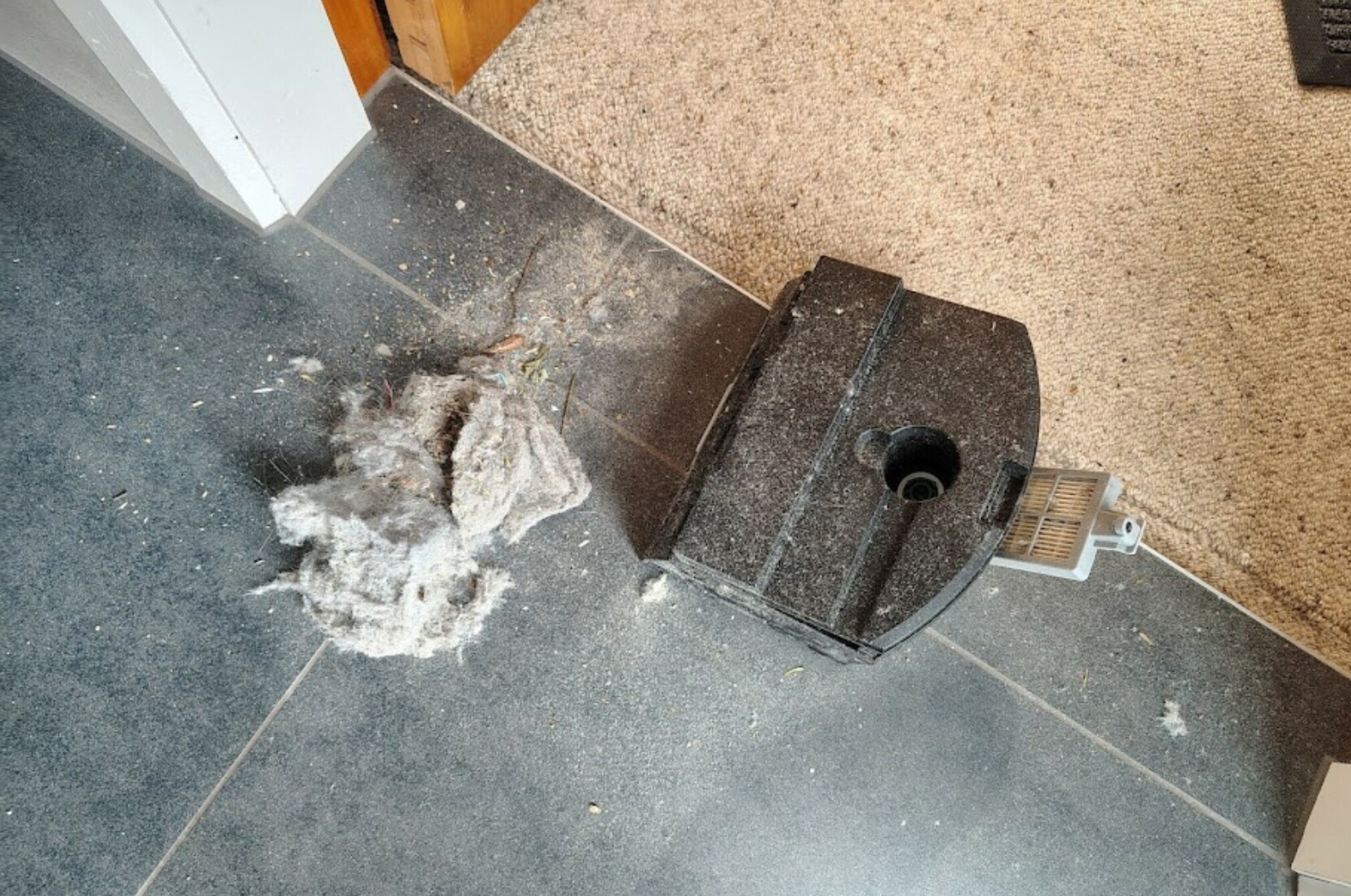
The compactor system itself is pretty simple – it’s a bit like the compactor system in a municipal rubbish truck. An arm rotates to squish down the dust into a smaller area, allowing more space for new dust. It’s not obvious how often this happens, but it does work quite well.
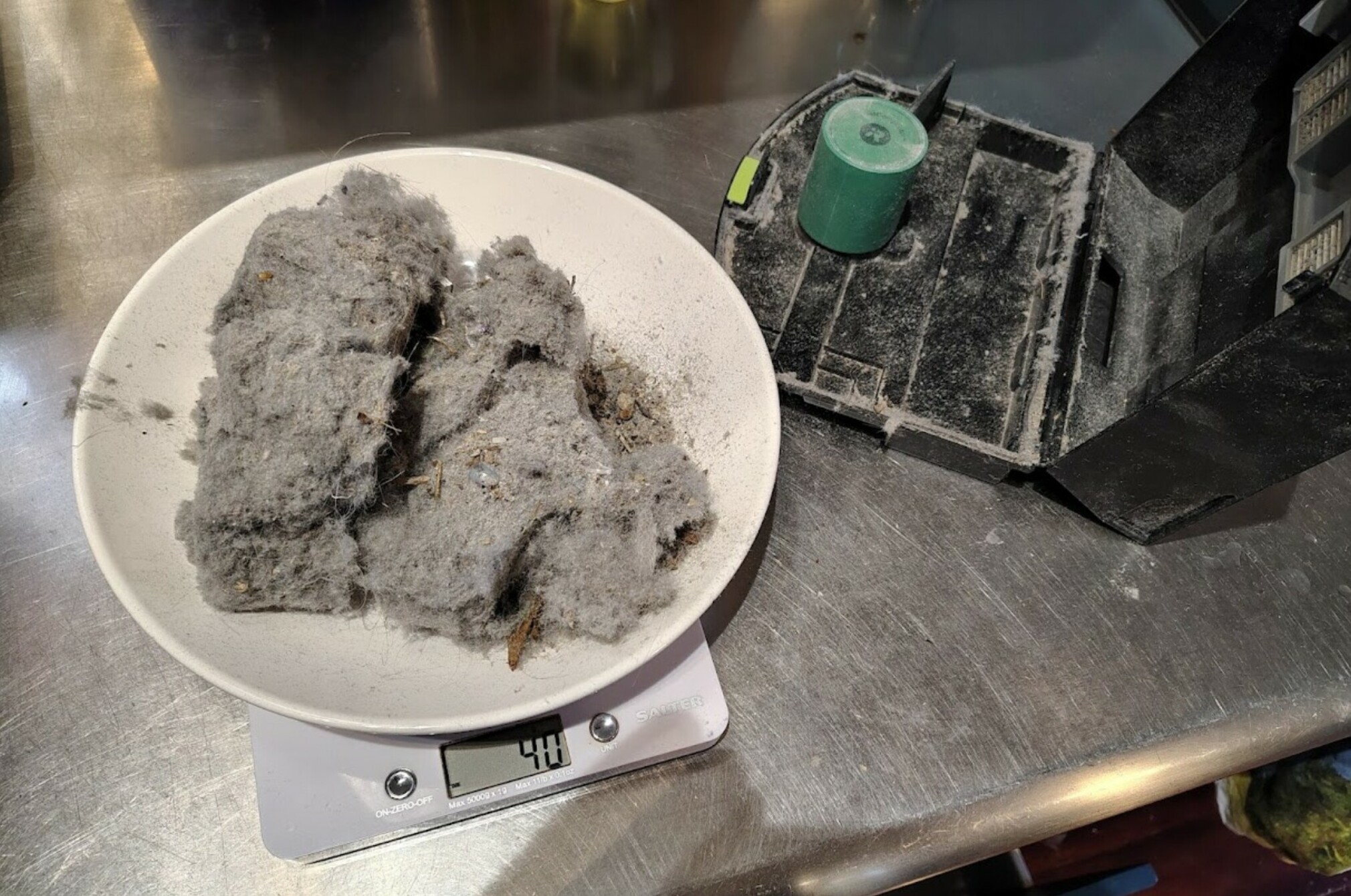
Is dust compaction the future for robot vacuum cleaners? Is the dock dead?
Hats off to iRobot for introducing dust compaction into a non-flagship model. This is a feature that you’d usually only expect to be introduced on a model three times the price. It isn’t perfectly implemented yet, but I could imagine similar systems working in auto-docking stations to allow for longer periods before emptying. Some stick vacs with auto-empty docks already have this feature.
I don’t think the docking station is dead per se, but any tech to make it smaller has to be a good thing – the current trend towards ginormous docks needs to end!
Should you buy an iRobot Roomba 205 DustCompactor Combo robot vacuum?
Well, the robot itself is fine: nicely designed, cleans well for the price point and has the handy dust compaction unit. But the app lets it down. So, until iRobot improves that aspect, I’d recommend looking elsewhere. This is even more true if you have mixed flooring types in your home.
We've tested 43 robot vacuum cleaners.
Find the right one for you.
Ecovacs
.jpg&w=315&q=75)
Ecovacs
.jpg&w=315&q=75)
.jpg&w=315&q=75)
Member comments
Get access to comment